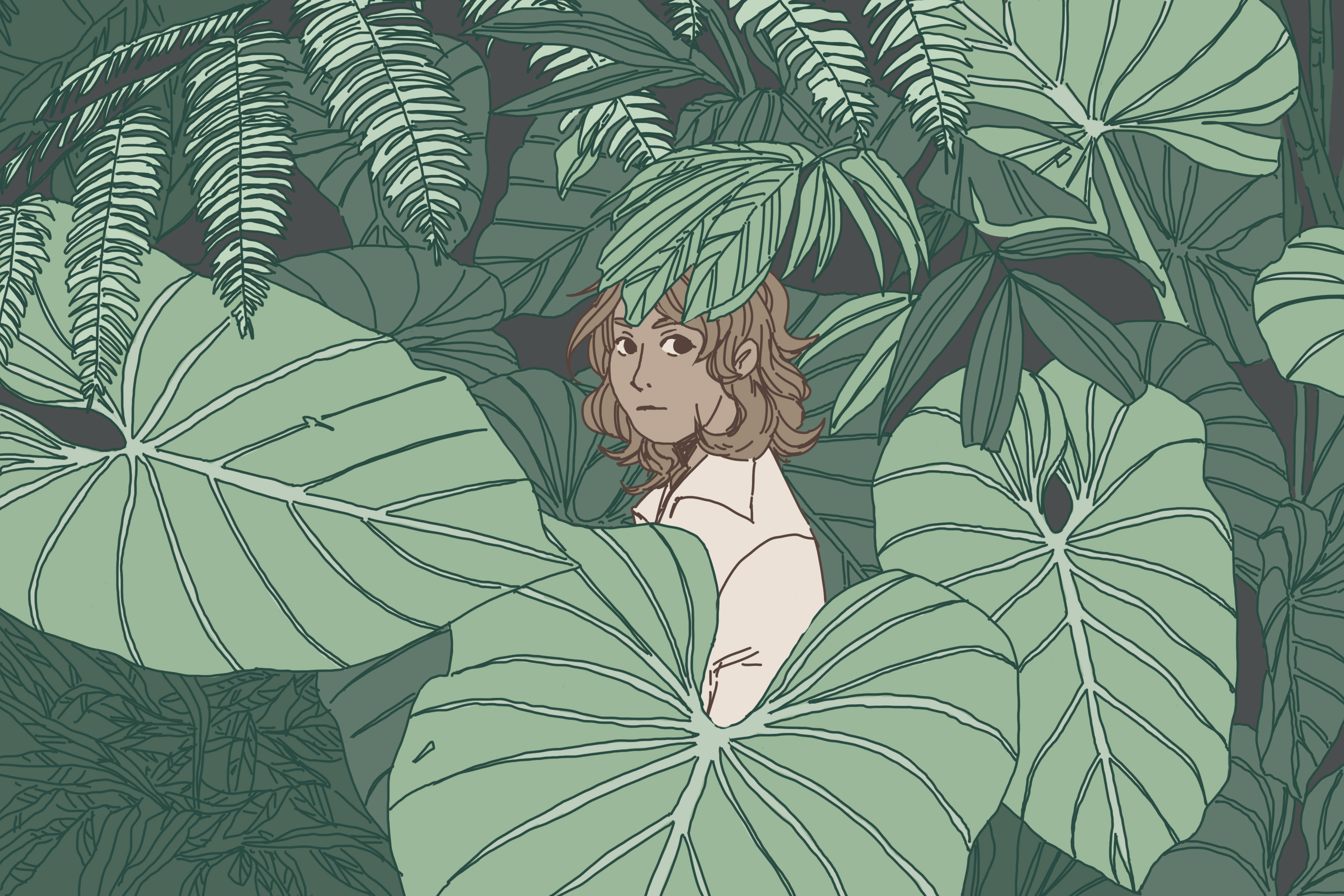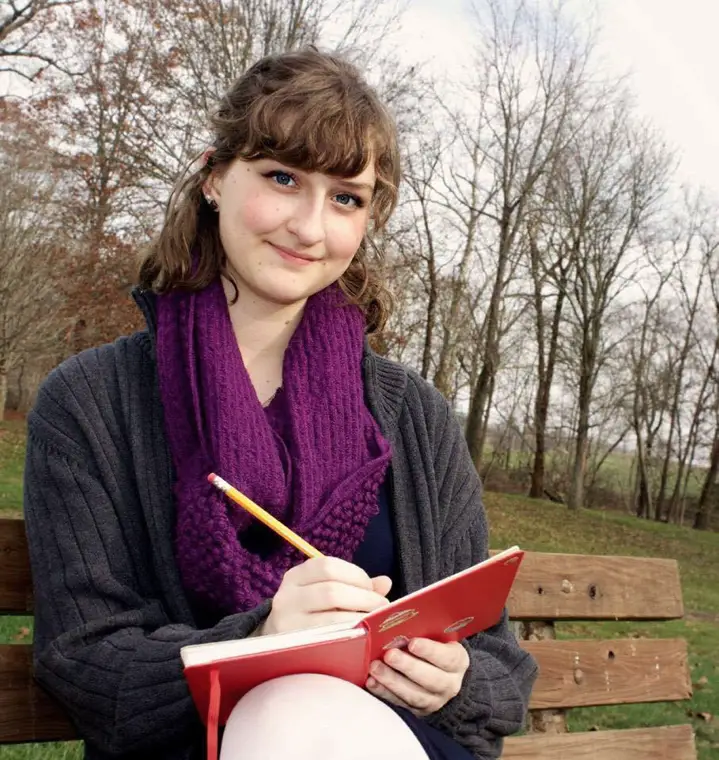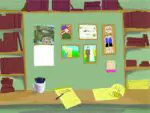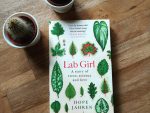Geobiologist Hope Jahren, who is currently a professor at the University of Oslo, works to better the world’s understanding of plants, soil and the environment as a whole. With distinguished work under her belt — such as the study of environmental conditions 45 million years ago on Axel Heiberg Island to the first extraction of paleosol DNA — you’d think that Jahren already has enough on her plate at her day job. Fortunately for the world, however, Jahren also wanted to write.
In her debut book, the autobiography “Lab Girl,” Jahren explores how science has led her through life. She delves into themes of family, detailing the ways in which her stoic Swedish parents both inspired and suppressed her. Throughout the novel, Jahren deals with the lack of clear affection from her parents, but looks fondly at the times spent in her father’s laboratory, or reading classical literature with her mother.
Her love for science didn’t stop with childhood. Although she didn’t have the funds for medical school, Jahren found joy in geobiology: studying soil, fossilized plants and living plants. But, being a woman in a male-dominated STEM field, Jahren is no stranger to exclusion.
Despite opening herself up wholly and fully to her work, difficulties arose around being taken seriously, and that largely comes into play within the “Lab Girl” narrative. The ways in which Jahren slips bits of workplace sexism and her uncertainty caused by the imposition of gender roles are subtle and realistic; just like real life, you can’t always see it coming.
Jahren also writes about her time in college. She worked long shifts at a drug prep area of a hospital near the University of Minnesota in order to pay for her schooling. While there, Jahren realized the monotony of such work, even when the drugs being prepared were life-extending. This realization is the first in a number of Jahren’s poignant word-journeys into the confusion that surrounds the concepts of life and being alive.
The difficulty of creating love, for work and for people, is also one of the recurring issues of the novel. Of course, this isn’t to say that Jahren cannot feel love. In fact, the second major character of the autobiography is Jahren’s best friend and co-worker, Bill Hagopian. Through Hagopian, readers get a taste of what super glue-strength friendship is like.
Having met while Jahren was a graduate student at the University of California and Bill was just an undergrad digging holes, the two didn’t seem like a likely pair. But, like the roots of a tree wrapped around deep layers of sediment, the two became — and remain — inseparable. For Jahren, this kind of a friendship was, in many ways, her salvation. Finally, she felt she had someone to share everything with. Her writing evokes the sense of ease surrounding this partnership through her matter-of-fact tone and her explanations of their connection through humor.
Jahren doesn’t have to work hard to make readers believe in their bond, and it is a beautiful story to follow. But, while she writes about their fantastical adventures in a light-hearted and easy way, she also makes it clear that she and Bill are not romantically in love. To me, reading about platonic friends of different genders feels like a breath of fresh air and, while this is no more than the truth of Jahren’s real life experience, it makes the book even more desirable to read. In fact, their friendship is more akin to siblinghood, with Jahren affectionately referring to herself and Hagopian as “12-year-old fraternal twins.”
Like the twins comment, comedy is often worked into the narrative in little tidbits of simile and metaphor, or through conversations with the characters themselves. After all, story-friendships are only believable if the characters are laughing together or fighting for their lives together, and these two do both.
Survival in most scientific careers is not easy. Jahren notes the lack of government funding provided for the sciences on multiple occasions and, for this author, her reputation wasn’t the only thing on the line if she was unable to get funding for her work.
Throughout the years, the resolute duo faced numerous financial troubles, culminating in Hagopian having to live in his office at Georgia Tech. This section of the book is anxiety-inducing — not in the nail-biting, edge-of-your-seat way, but in the slow burn of watching two talented scientists fight for their livelihood while nearly withering away.
By introducing her fear of failure early on, readers are set up to expect some kind of defeat for the hard-working Jahren, but her financial suffering still hits hard. Afterward, when the pair move to Johns Hopkins University and things seem to straighten out for them, there’s a lingering feeling that something else could go wrong, but Hagopian and Jahren are always together. Throughout everything, their friendship continues to grow.
And growth is what sets this novel apart, considering that Jahren works with trees, and trees are probably the most fundamental motif within the book.
Every now and then, usually between life stages or big events, “Lab Girl” has a little chapter about trees. The chapters are short, roughly about three pages each, but all deal with some aspect of tree life: the way the first leaf on a tree is a brand new idea, how plants can adapt to their situations and even how nearly impossible it can be for a plant to reproduce.
But these chapters aren’t stand-alone pieces of information for all the little biologists out there.Each of these chapters signals a change in Jahren’s life and a connection to something bigger than herself. In “Lab Girl,” trees aren’t so different from humans.
When a seed stays closed, waiting for the perfect conditions before it starts growing, Jahren is a new professor easing her way out of her shell. When a tree deals with its “annual budget” of energy, Jahren is wishing she had more money in grants to pay Hagopian for his work. And, while the tree grows and prospers, so does Jahren.
“Lab Girl” is fantastic for two main reasons: the writing and the message. Jahren has a beautiful voice and a flair for interesting diction that makes this whole story an engaging read. One drawback is her copious usage of science terminology, but it is easy enough to glide past that if it puts you in a tizzy.
As for its message, “Lab Girl” combines all the most important themes of learning to love yourself, your friends, your workand your newborn baby with the absolute and utterly necessary desire to pursue individual growth. So, if you’re looking for something intense, emotional and inspiring to read, give “Lab Girl” a whirl.













